Happy customers are a prerequisite of success and customer satisfaction surveys let you know if you’re doing a good job.
Happy customers motivate your team, accelerate growth, and fuel your business processes.
For customers to be satisfied, it’s necessary to understand what they think of you.
How do you know what they think? You ask them and measure customer satisfaction with surveys.
Customer satisfaction surveys are a common business strategy to help you understand how customers feel about your brand. It allows managers, marketers, and founders to enhance their strategies and improve results.
The problem:
Some entrepreneurs choose the wrong design and question types. As a result, the surveys get poor results and are analyzed improperly.
In this article, you’ll learn the different types of customer satisfaction surveys, get insights into the question types, and how to analyze your results and find issues (or strengths) to improve your business.
What is a Customer Satisfaction Survey?
Some sources refer to it as a “process of discovering whether or not a company’s customers are happy or satisfied with the products or services received from the company.”
Clear enough, right?
Not quite.
“A process” is a vague wording that doesn’t get to the heart of the matter. Another term would come in handy here:
So, a customer satisfaction survey is an instrument that helps a company measure the customers’ level of satisfaction with a product/service.
It’s a type of customer experience survey, for examining customer needs and understanding problems (or benefits) associated with your product. A hallmark of these surveys is the use of rating scales to measure sentiment.
Table of Contents
Why Use Surveys for Business
Consumers expect an exceptional experience with your company. 86% of them would even pay more for a better experience with your brand. The problem is, they share a negative experience two or three times more often than a positive one and one negative review can cost you up to 30 customers.
And that’s where customer satisfaction surveys can help.
A multitude of factors can play a role in impacting a customer’s experience, for example, a negative experience with an unskilled customer service rep can leave a lasting impression. Surveys will help narrow down on these factors.
They allow you to identify unhappy customer groups and identify micro- experiences that contribute to it. With those insights, you’ll be able to make changes that have a positive impact on your business.
The benefits of asking for feedback via customer satisfaction surveys include:
- They give you insights on how to improve your product or service.
- They influence customer retention.
- You can identify happy customers which can be turned into brand advocates.
- They help you get data for significant business decisions and overall customer experience improvement.
To streamline the feedback process and provide immediate support, many businesses are turning to an SMS customer service platform, which can facilitate quick survey responses and real-time issue resolution.
While we’re on the subject of customer satisfaction surveys, it’s important to also give satisfaction surveys to employees. The better their job satisfaction, the better an organization will perform over time. Take it just as seriously as customer satisfaction.
I learned something cool about feedback from my cousin who manages a tech startup. People are usually way more honest when they feel like someone’s actually listening, not just checking a box. Sometimes the most valuable insights come from those random comments customers make that aren’t even part of a formal survey.
Types of Customer Satisfaction Surveys
There are many types of surveys. The ones focused on customer satisfaction also have their own classification. They can also be delivered to respondents in many ways such as emails, website popups, etc.
A powerful use of customer satisfaction surveys is in finding customer satisfaction scores, identifying cohorts based on these scores, and measuring changes over time. This will determine if you need to invest heavily in improving their overall experience.
Generally, satisfaction surveys range from 5 to 10 questions and it’s important to consider the following metrics.
CSAT (Customer Satisfaction Score)
CSAT is the most popular and straightforward customer satisfaction survey methodology. The questions here may be binary-scale (yes or no, happy to sad, etc.) or ordinal from 1 to 10.
With quick-to-answer and straightforward questions involved, you can get a higher response rate. If you’re tracking the number over time and suddenly get a lower score, it may be indicative of an issue that needs immediate attention.
A simplified version of the CSAT is an NPS (Net Promoter Score) survey which seeks to measure customer loyalty. Here, you ask a scaled question for customers to rate how likely they are to recommend your brand.
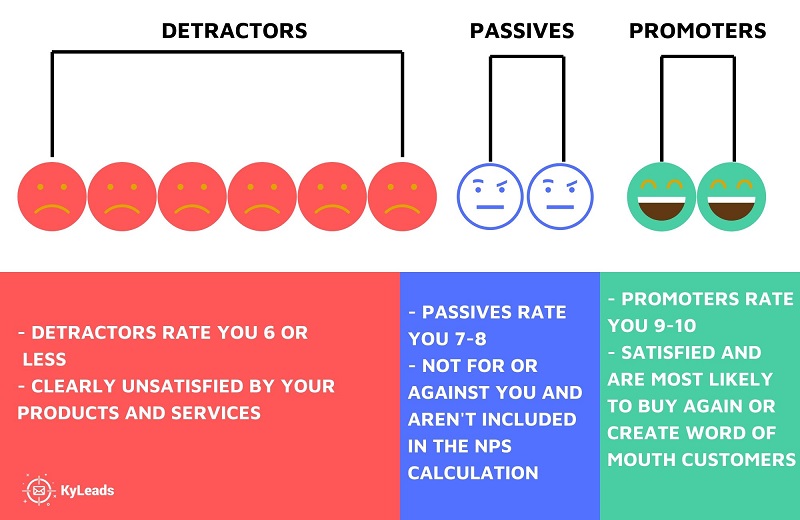
Also, you can use the CSAT as transactional surveys: Send them at crucial moments of a customer journey to understand the interaction. For example, you can send it after a customer has completed onboarding, purchased your product, or talked to your customer support team to evaluate the experience.
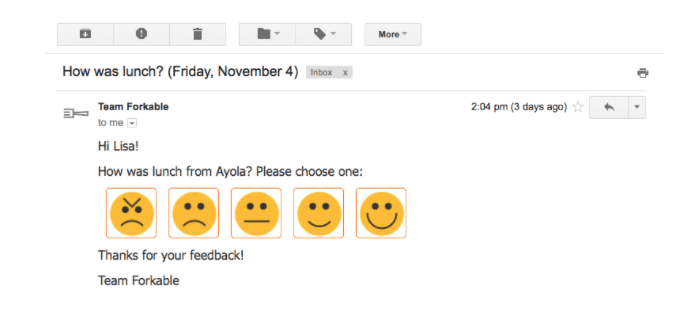
(Source)
CES (Customer Effort Score)
CES is a metric to measure the effort a customer used to find information, get or use your product/service, receive the answer to their question, etc.
Usually scored on a numeric scale, CES helps improve issues that may frustrate customers the most.
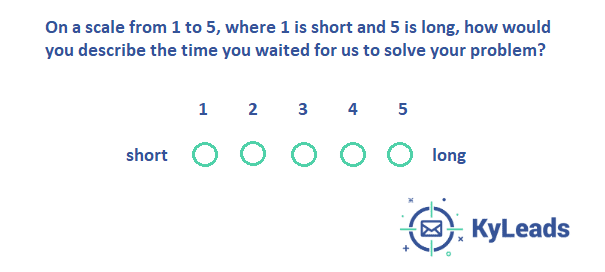
Here you ask customers to respond to a statement with a 1-5 rating, where one is for “strongly disagree,” and five is for “strongly agree.” Customer Effort Score surveys can be used in a variety of situations such as usability testing and product research.
Speaking of usability testing, it’s crazy how much insight you can get from just watching real people interact with your product – way more valuable than sitting in endless team meetings speculating about what might work. I’ve seen companies completely change their design direction after just a few solid testing sessions, because what seems obvious to us developers often stumps actual users.
While quantitative “Customer Effort Score Survey” metrics reveal clear verdict on whether current experiences align with expectations, qualitative insights illuminate complex emotional dynamics that numbers alone fail to expose.
Though “Customer Effort Score Surveys” efficiently gauge precise satisfaction levels, open-ended discourse with participants before and after identifies friction points that statistical models overlook by themselves.
Just as composite research blending quantitative and qualitative techniques grants multidimensional perspective, “Customer Effort Score Surveys” followed by discussions unlock deeper empathy guiding strategic prioritization beyond data-driven deductions.
Customer satisfaction survey question types
All question types have both pros and cons. Your task here is to design a question so it’s easy to answer and provides you with precise feedback.
Here are four types of questions to ask in surveys.
1) Multi-choice questions.
These questions provide a set number of answer options (more than two) for a respondent to choose from. Focus on questions you believe have significant merit for further analysis. Keep your business goals in mind and consider what you’ll do with the data.
Multi-choice questions work well when you need to collect the information that would help you segment an audience: their geolocation, demographics, interests, etc. With that information, you can create cohorts and compare CES or CSAT across customer groups and make changes accordingly.
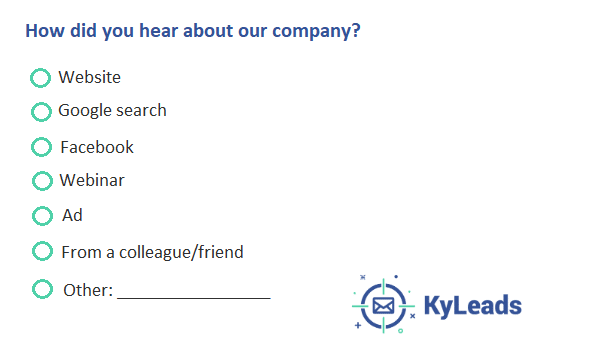
Multiple-choice questions include rating scale questions (also known as ordinal questions), binary scale questions, nominal questions, and semantic differential questions.
All these questions are also known as close ended, as they ask users to choose from a distinct set of particular responses.
They’re useful because it doesn’t require much effort to answer. You’re more likely to get a response here than, for example, from open-ended questions where users need to consider the question and their answers thoughtfully.
2) Binary scale questions.
It’s a type of multiple-choice question where you give respondents two options to choose from: yes or no, happy or sad, good or bad, etc. They are also known as dichotomous, providing a simple binary distinction.
The benefit of dichotomous questions is their simplicity. Users are more likely to answer them because it won’t take much time or effort to choose between the options.
Example:
- Did our product meet your expectations?
- Do you find this article useful?
- Was your experience at the website satisfying?
(Source)
3) Open-ended questions.
These questions allow customers to provide you with an in-depth and original response rather than a short “yes” or “no.” You get to see things from the perspective of a respondent.
The challenge here:
Open-ended questions are more time- and resource-intensive to analyze. Customers write in their own words, can express their thoughts haphazardly, and you may get lost in their critical essays.
Examples of open-ended questions:
- What were the main reasons you chose us?
- What is the most significant feature of our product for you?
- What could we do to improve your experience with our service?
The best methods to analyze open-ended questions are spreadsheets, graphs, and word clouds.
4) Likert scale questions.
These are a powerful way to understand a customer’s experience and satisfaction with your brand. Likert scale questions are ordinal ones, but they’re worth an individual mention.
They help evaluate how users feel about something and are a 5- or 7-point scale ranging from Strongly Agree to Strongly Disagree to find out what people think of certain things.
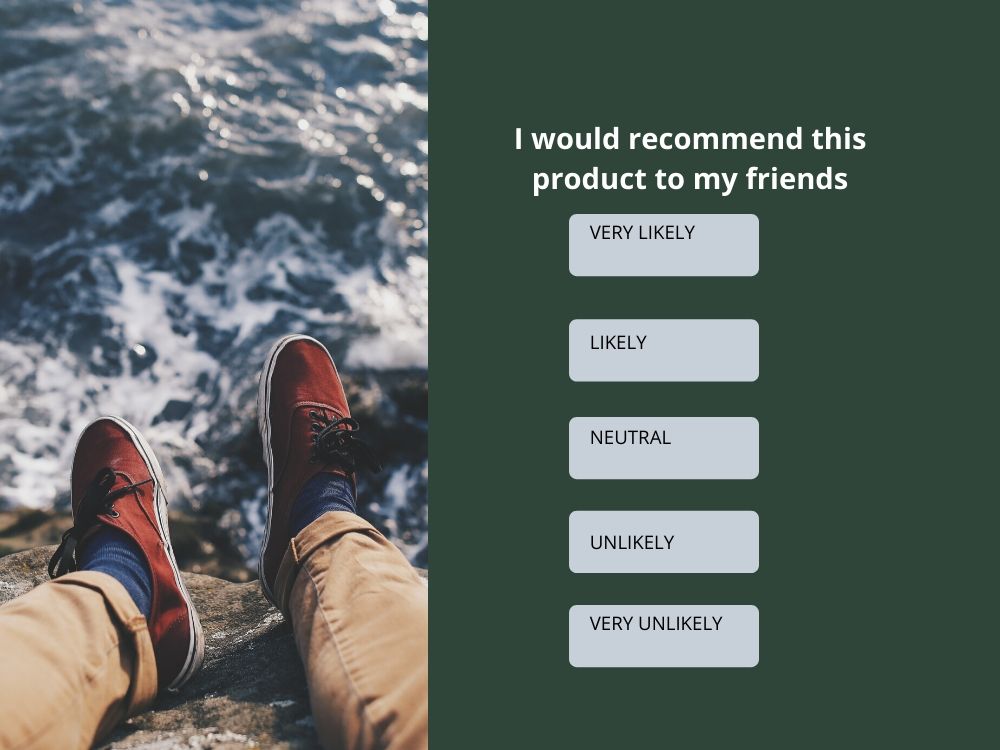
Your scale can measure variations such as quality, likelihood, frequency, importance, etc. Just determine what you need customers to measure and design a Likert scale accordingly.
How to Design a Customer Satisfaction Survey
According to studies, 42% of companies don’t survey their customers. But those who do can go wrong in many places when designing and delivering customer satisfaction surveys.
The wrong format, questions, and delivery place/time can put a crimp in getting an accurate picture of your customer experience.
How do you avoid that?
Choose the right questions and consider their quality.
Each question should relate to the audience and their particular experience so they can give you relevant information. Strike a balance between going too broad and too specific; otherwise, you won’t get enough meaningful data to analyze.
When you keep the questions clear and the answer choices specific, respondents won’t get distracted from your survey and will be more likely to complete it.
Also, avoid asking questions that are too personal such as gender, age, or income unless you can justify it. Or, at least, make them optional to answer. As a rule, customers are hesitant to give out personal data.
Also, each question should meet your brand’s vibe. Creating a unique brand voice is like painting the personality of your company, guiding the vibe for all your messages. Customers love when your business speaks to them in a consistent and clear way. Why does it matter? Because it makes them feel valued and respected, resulting in happier clients and lots of positive feedback.
Limit survey questions and answer options
52% of respondents won’t spend more than three minutes on a survey so organize questions accordingly. It’s better to get limited results from a short survey rather than no results from a long one.
Offer up to five questions and answer choices but try not to go beyond ten. If it’s not a rating scale then don’t use more than 5 – 7 answer options. Finally, avoid asking survey respondents to calculate something. For example, a question like, “estimate your chances to come back to our website as a percentage” is likely to be skipped.
Avoid vague language and professional jargon.
Write questions and answer choices in the most precise language possible. For example, ratings such as “Great!” or “Excellent!” are indefinable. What does “excellent” mean, and for whom? Consider something more definite and based on your customer experience: “very delighted!” or “Not delighted at all” are good alternatives to try.
Also, speak the language your customers use. They may not understand your professional abbreviations or jargon in questions unless they are from the same industry.
Finally, consider the readability of your customer satisfaction survey questions. Check spelling and grammar, or you risk losing brand credibility.
Use online editing tools or at least read your text out loud before sending it to customers.
Make your surveys look visually pleasing.
Most of us are visual learners. And your customers also have expectations on how a great quiz or survey should look to hook their interest. The great visual design shows that you care about your brand image and have a unique brand voice.
Remember, customers also have expectations when it comes to their interactions with your brand. These expectations can greatly influence their satisfaction levels.
Therefore, it’s crucial to understand not only how customers perceive their experiences but also what they expect from your products or services.
Grasping what consumers anticipate is crucial in shaping your business approaches to adequately address their requirements. Delving deeply into their feedback offers essential perspectives regarding their expectations of your offerings.
This, in turn, plays a significant role in not just elevating the level of buyer contentment but also in strengthening their allegiance and prolonging engagement with your brand. To delve further into this subject, consider examining customer expectations to gain more comprehensive knowledge on how to synchronize your business strategies with the desires of your end-users.
This insight can help you align your offerings more closely with customer expectations, thereby improving overall satisfaction.
- Use your logo and brand colors to boost credibility.
- Create video content, as it’s a great way to grab the attention of your audience and engage with them in an impactful and interesting way.
- Videos help to provide longer-lasting impressions than written content, as people are more likely to watch and be engaged by videos than read content.
- In short, video content provides businesses with an effective and efficient way to reach their customers, educate them, and engage them.
- Plain background colors will help respondents focus on a survey. If you use images, make sure they won’t overshadow questions and answer choices
- Сreate engaging online ads and boost your brand awareness, engagement, and sales for a business
- Use clear and easy-to-read fonts that are legible on various devices and screen sizes
- Implement a consistent design theme throughout your surveys to maintain a cohesive and professional appearance.
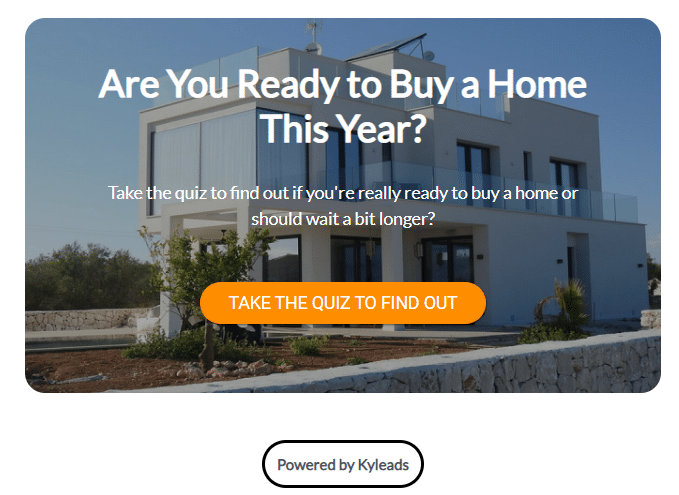
(Source)
Deliver surveys in the right place and time.
Surveys are most effective right after a customer’s experience. Do your best to send them after a customer performed a significant action and consider limiting the amount of time respondents have to answer the questions.
Also, never hassle customers for not completing your survey. You may remind them once or twice, but don’t make it a habit.
Tips for Analyzing Customer Satisfaction Survey Results
Once you’ve gathered the answers, it’s time to analyze the results of your customer satisfaction survey. Most managers have no idea how to do that right.
Why?
They haven’t prioritized three or four key metrics that drive their business. Attempting to monitor and improve everything at once wastes time and takes energy away from what does matter.
Get clear about your metrics —preferably 3 to 4 —and create a data analysis plan on how you’ll organize and “read” the survey data. You’ll need to cross-tabulate, filter, and crunch the numbers to draw conclusions.
The method you use to analyze your data isn’t as important as using the same method over time. That way, you can be sure of comparing relevant data.
Think of a visual presentation for survey results: Make a flyer, a graph, a chart, or an infographic. It helps to compare the latest results with those of past data and think of the further steps to take for positive changes.
Takeaway
Customer satisfaction surveys allow you to understand your target audience and their needs better which will help you improve your business in many ways. Yes, these surveys can come in many forms and measure different criteria.
Your task is to prioritize your business metrics and use the corresponding research questions in surveys to find insights for improvements.
Start now, listen to your customers, draw conclusions — and business benefits won’t take long to come.
Lesley Vos is a professional copywriter and guest contributor, currently blogging at Bid4Papers.com. Specializing in data research, web text writing, and content promotion, she is in love with words, non-fiction literature, and jazz. Visit her Twitter @LesleyVos to say hi and see more works.